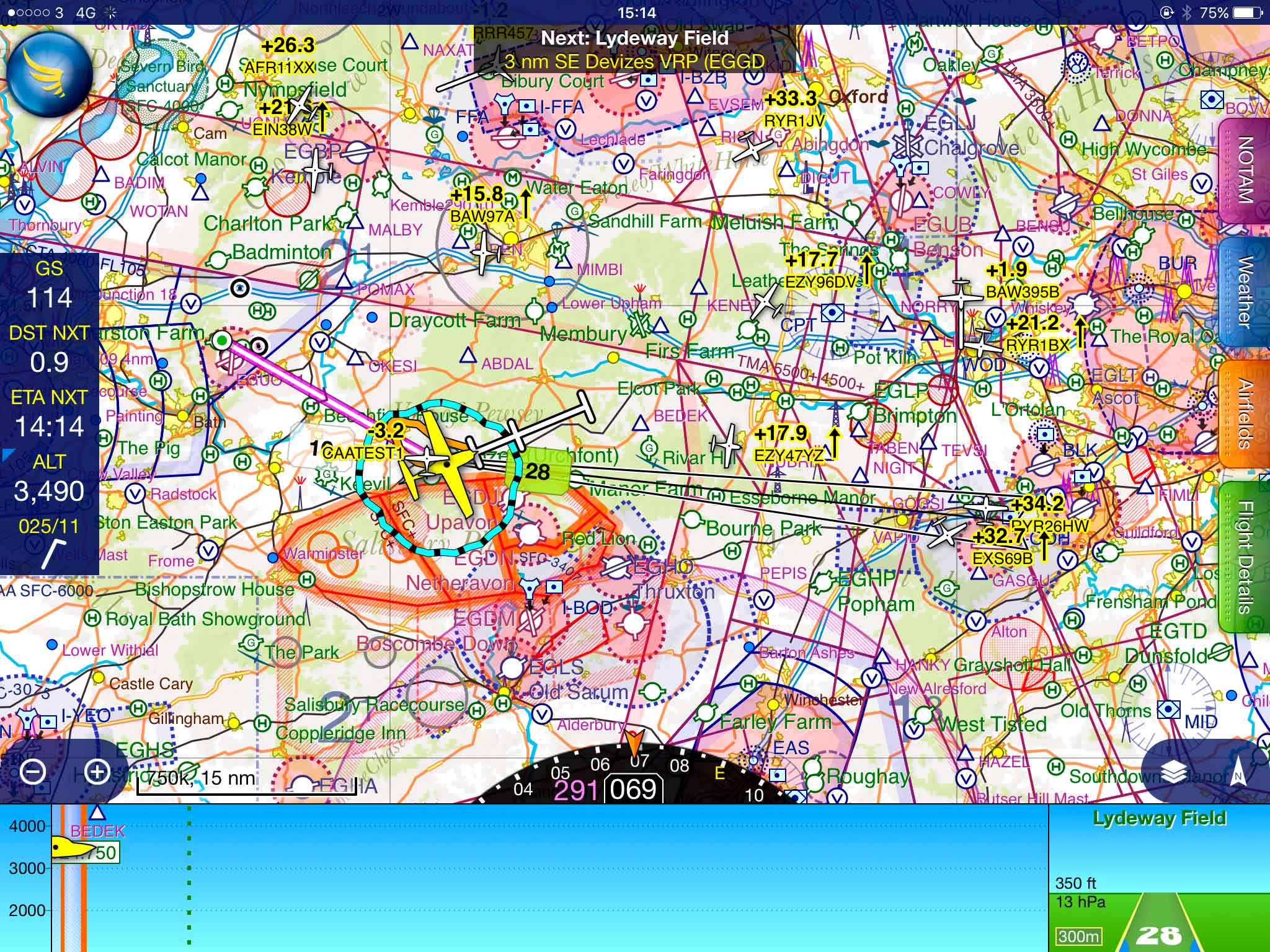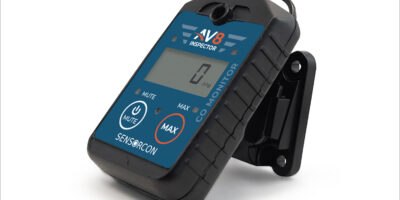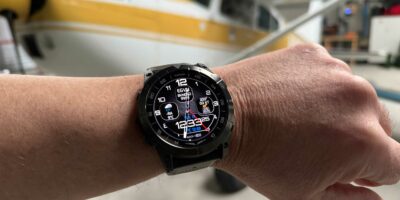There are lots of devices capable of receiving ADS-B signals and all of them have a way of displaying the information on one or more of the navigation apps that we (almost) all fly with. As a result, GA pilots can see the position of aircraft which are equipped with ADS-B ‘out’, however, the vast majority of those are commercial air traffic.
Although there are alternative systems, such as FLARM and P3I, the future of an integrated system of electronic conspicuity and traffic warning is ADS-B, and much
like vaccination programmes, the biggest win only comes when a significant proportion of the population participate.
Thanks to some forward thinking, the CAA published CAP 1391 which made – with some caveats – ADS-B out an awful lot more accessible to the majority of the GA fleet.
Building on its miniaturisation work in the drone community, the U.S. company uAvionix has launched the SkyEcho, a small, battery-powered, self-contained unit which provides a portable ADS-B in and out solution with a specification exceeding that required by CAP 1391.
The SkyEcho looks a little like an external antenna with, erm, a hinged external antenna. It weighs in at just 200g and measures about 12cm x 7cm. In addition to the ADS-B in and out transceiver, the casing contains a WAAS GPS, an integrated barometer and a Wi-Fi chip so that it can talk to navigation apps. The internal batteries are good for up to eight hours, and there’s also a mini-USB port which can be used to provide external power, if you’ve forgotten to charge the SkyEcho before flight.
Set-up couldn’t be easier, just download the configuration app to your phone (iOS or Android), turn the SkyEcho on using the small external button and connect to its Wi-Fi network. Launch the app and then enter the hex number for your aircraft – available online at the CAA’s G-INFO – and its registration. Then press the ‘Configure’ button and you’re done – simply repeat if you change to a different aircraft.
You then just put the unit on the glare shield or a parcel shelf and go fly. Anyone with an ADS-B receiver will see your aircraft, callsign, your altitude difference and track.

The view from the air where’s there’s plenty of traffic. CAATEST1 is a second SkyEcho unit on the ground at the departure airfield. Top: uAvionix SkyEcho is a completely self-contained unit weighing 200g and sits on the aircraft coaming.
We sent the SkyEcho flying and then monitored its progress from the ground using SkyDemon. Meanwhile, in our test aircraft, we could see the base station, and of course other ADS-B out targets.
SkyEcho is a very small, light and simple way to get ADS-B in and out. Right now there’s some debate about whether it can be used at the same time as Mode C or S transponders. But given that the future of electronic conspicuity is ADS-B based, the SkyEcho seems an excellent way of providing a non-transponder-equipped aircraft with a lightweight, low-power, portable solution.
uAvionix








3 comments
Hi
Thanks for the useful review. I have a Garmin GTX 327 fitted to my Skyarrow light aircraft. You mention in the review that it may not be possible to use the SkyEcho with either a Mode S or a Mode C transponder. According to the uAvionix website the transmit function of the unit can be used with a Mode C transponder but not with a Mode S transponder because of the possibility of ‘double targeting’ on ATC displays. Has there been any clarification on this from the CAA or ATC services? Many Thanks. Larry Betts
Hi Larry. The CAA just recently announced a trial whereby they are testing the effects of simultaneous Mode S transmission with EC devices like SkyEcho. The trial specifically will be using SkyEcho and we hope to have results which would result in updated guidance from CAA within 6 months.
https://www.caa.co.uk/News/ADS-B-can-help-reduce-airspace-infringements-and-mid-air-collisions,-says-CAA/?catid=4294967430
Is it known yet if these can be used simultaneously with a separate ModeS transponder?